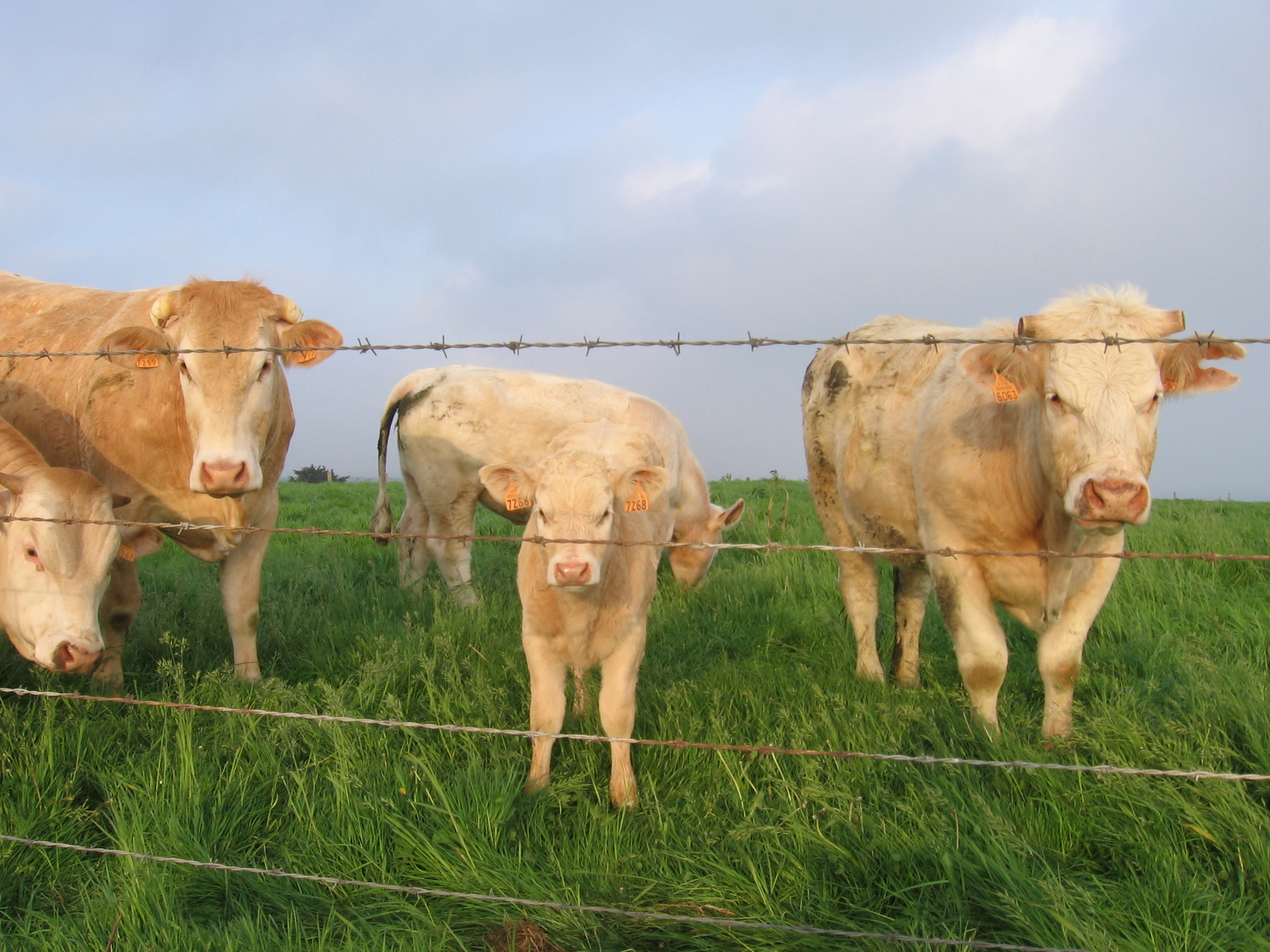
The WHO Global Tuberculosis Report of 2023 reported that in 2022, Tuberculosis (TB, Mycobacterium tuberculosis) was the second leading infectious human disease killer after COVID-19, and an estimated 1.3 million people died of the disease that year. Nearly 90% of all human TB cases are located in South Asia (India, Bangladesh, Pakistan), East Asia (China), Southeast Asia (Philippines, Indonesia) and the most populous countries in Africa (South Africa and Nigeria).
Bovine tuberculosis (bTB) is a chronic bacterial disease of animals caused by members of the Mycobacterium tuberculosis complex (MTBC) primarily by M. bovis, but also by M. caprae and to a lesser extent M. tuberculosis. It is a major zoonotic disease, and cattle are the main source of infection for humans. It also affects other domesticated animals such as sheep, goats, equines, pigs, dogs and cats, and wildlife species such as wild boars, deer and antelopes. Bovine tuberculosis remains a serious problem for animal and human health in many developing countries, with parts of Asia reporting high prevalence.
Zoonotic tuberculosis (zTB) is a form of tuberculosis that is transmitted from animals to humans, mainly through consumption of raw or undercooked animal products, contact with infected animals or their secretions, or inhalation of aerosols. Zoonotic TB is a form of TB in people predominantly caused by M. bovis, which belongs to the MTBC which includes several species that can infect humans and animals. zTB poses a serious threat to public health and animal health, especially in low- and middle-income countries where the disease is endemic and control measures are inadequate. zTB is often underdiagnosed and underreported, due to the lack of awareness, resources, and diagnostic tools. To support the Roadmap for Zoonotic Tuberculosis and as a call for action to tackle zTB in people and animals, WOAH has developed guidelines for alternative strategies for TB control in livestock. The objective of these guidelines is to provide alternative strategies for control of Mycobacterium tuberculosis complex infection in livestock.
At the September 2024 Workshop on Zoonotic Tuberculosis and Brucellosis Control in the Asia Pacific Region held in Qingdao, China P.R., countries voiced the need to enhance their laboratory diagnostic capacity for diagnosis of bTB/zTB to enhance surveillance and understand the true burden of zTB in livestock.
Recognizing the burden of bovine TB/zTB in the region and the need to strengthen capacity for accurate diagnosis and surveillance, WOAH RRAP in collaboration with the China Animal Health and Epidemiology Center (CAHEC), which is the WOAH Collaborating Centre for Veterinary Epidemiology and Public Health based in Qingdao, China P.R., organised the WOAH Regional Hands-on Training on Zoonotic TB Diagnosis at Qingdao, on 1-5 September 2025. This hands-on laboratory training provided the latest knowledge and skills in the use of diagnostic tests recommended by WOAH for the routine diagnosis and surveillance of bTB/zTB.
The training will be held with the following objectives:
This training aimed to empower participants with the knowledge, skills, and networks necessary to advance zTB diagnosis, surveillance, and control efforts across the Asia Pacific Region.
A total of nine laboratory technicians/veterinarians working on bovine tuberculosis/zoonotic tuberculosis (TB) diagnosis at the national/sub-national laboratories from Bangladesh, Cambodia, Fiji, Indonesia, Lao PDR, Myanmar, Nepal, Philippines, and Sri Lanka participated in this hands-on training.
Dates: 1-5 September 2025
Venue: Qingdao, China P.R.
Participation: By invitation
Agenda: PDF
Presentations: ZIP file

